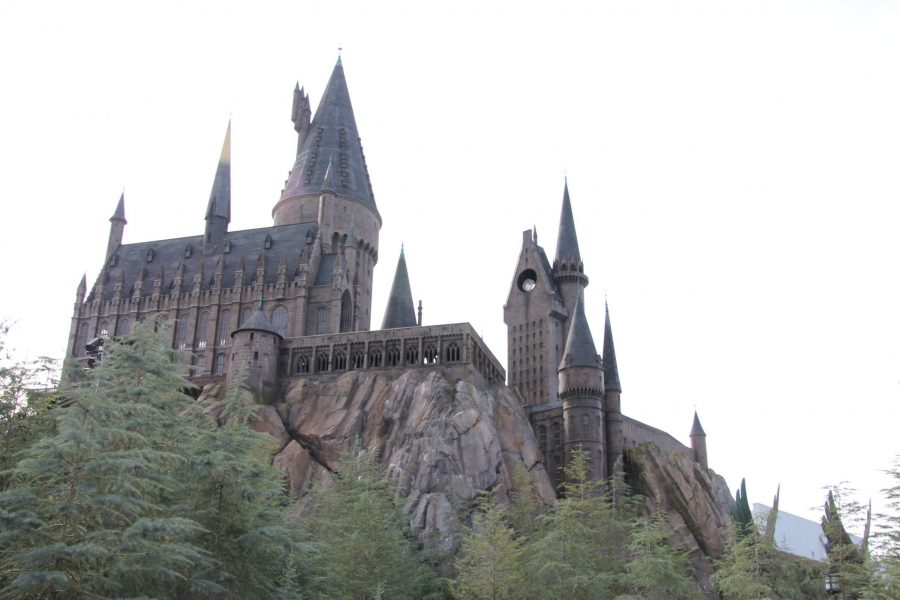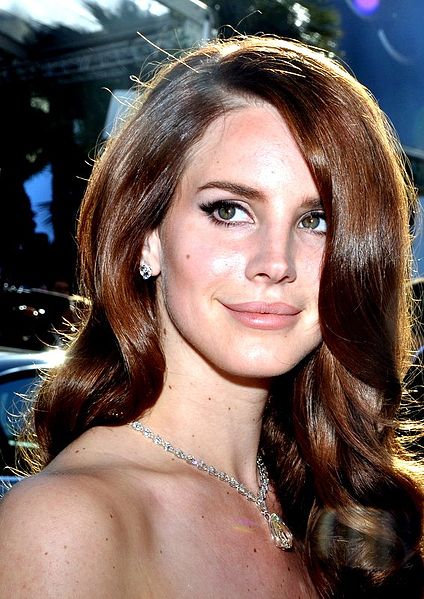
For Matt Lodder, a lecturer at the University of Essex, tattooing goes deeper than just the symbolic meanings for its wearer. For him, the art of tattooing, beginning in Japan, reflects on a medium of high art, according to Guelph Mercury writer Joanne Shuttleworth.
In a presentation at the Macdonald Stewart Art Centre, Lodder went on to say:
Japan was a new, strange and exotic world for British merchants, navy officers and government officials and they brought Japanese art and artifacts back to England. This launched a hunger for the exotic, which made authentic Japanese pieces harder to find, especially after they started to be mass produced.
Japanese tattoos became so popular, in fact, that artist Hori Chiyo tattooed five members of the British royal family after tattoos were banned in Japan for citizens.
To read more about the high art of Japanese-tattoos click here.





